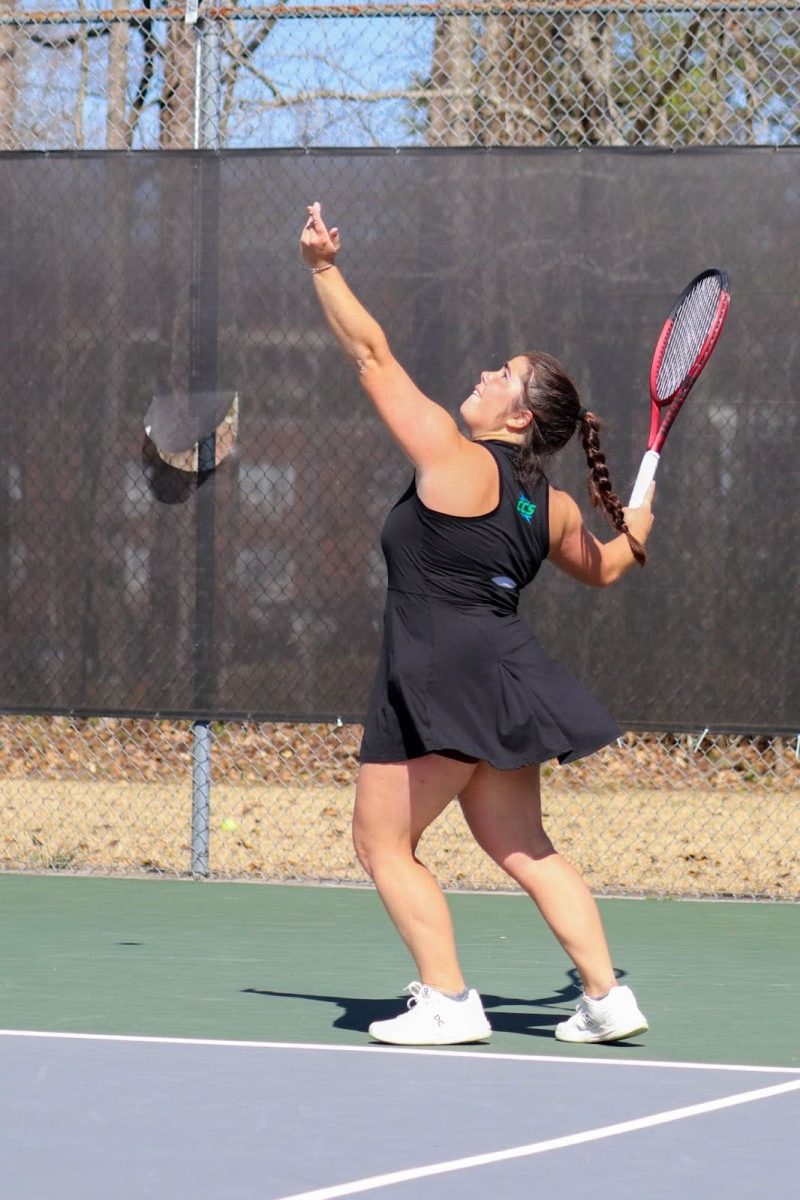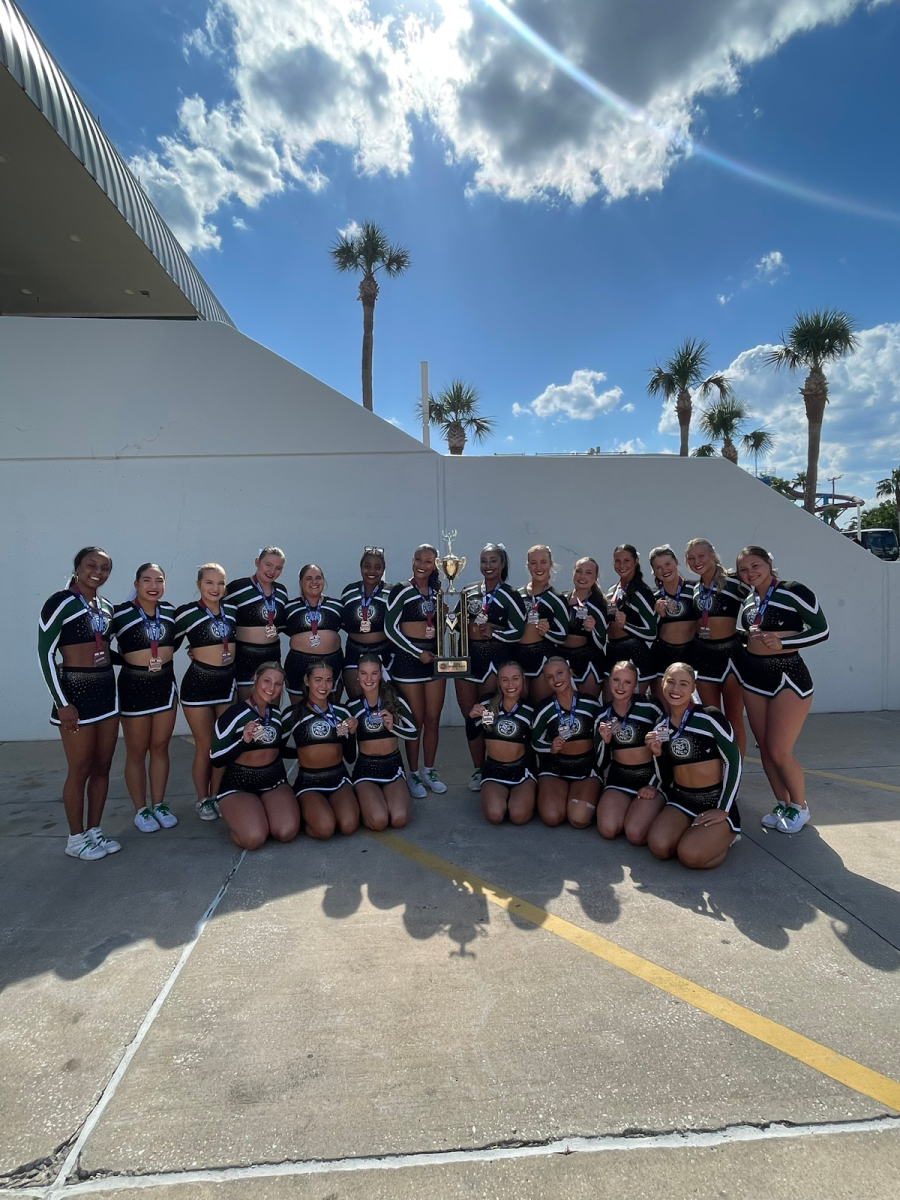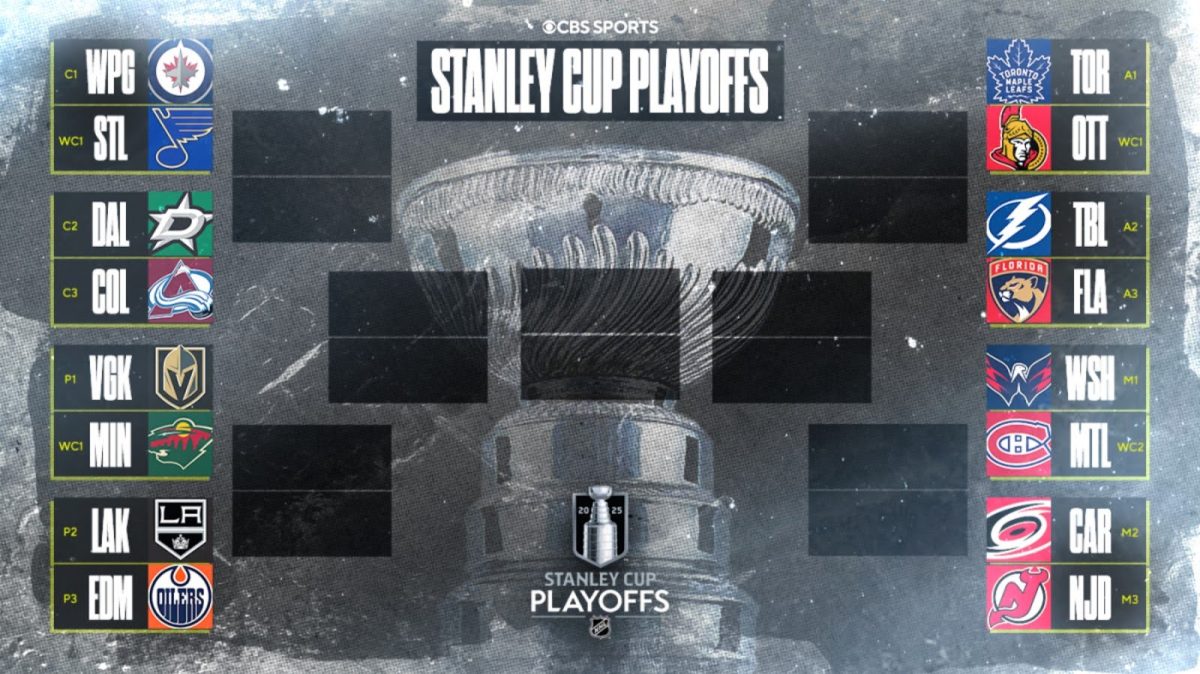By Alexandra Smith
Staff Writer
The NCAA has taken a leading role in ensuring that athletes are properly protected from and treated for concussions.
The injury, even in mild forms, is recognized as a type of traumatic brain injury that requires medical attention and monitoring.
Concussions can be caused by a bump, blow or jolt to the head or body that can change the way the brain normally works.
Symptoms are unique for each athlete, with estimates suggesting that 1.6 to 3.8 million concussions occur in sports and recreation-related activities every year.
Many are difficult to detect, and athletes may underreport their injuries.
It is important to properly report a concussion to the trainers in order to be properly treated.
It is hard to believe the number of student athletes that are affected by concussions each year, and it seems to be more and more each season.
As sports become more competitive, the contact has become greater and harder.
Symptoms of concussions can be difficult to spot since most don’t lead to a loss of consciousness, and other symptoms can show up hours, or even days, after the injury.
They can include: Amnesia, confusion, headaches, loss of consciousness, balance problems, double or fuzzy vision, sensitivity to light or noise, nausea, feeling sluggish, concentration or memory problems, slowed reaction time and feeling unusually irritable.
If players suspect a concussion, they should be removed from play as soon as a concussion is suspected and evaluated by an appropriate health-care professional, such as a certified athletic trainer.
Athletes with a concussion are not allowed to return to the game that day.
They should not return to play until all symptoms have been resolved.
A healthcare professional with experience in evaluating concussions should clear the student-athlete before returning to play is considered.
Being educated about concussions is the most important part.
If a person thinks that they have a concussion, they should seek medical attention right away.
While concussions can’t be completely prevented, there are precautions that one can take to decrease his or her risk for concussions.
Athletes should always wear proper protective equipment to help reduce the risk of injury during play.






